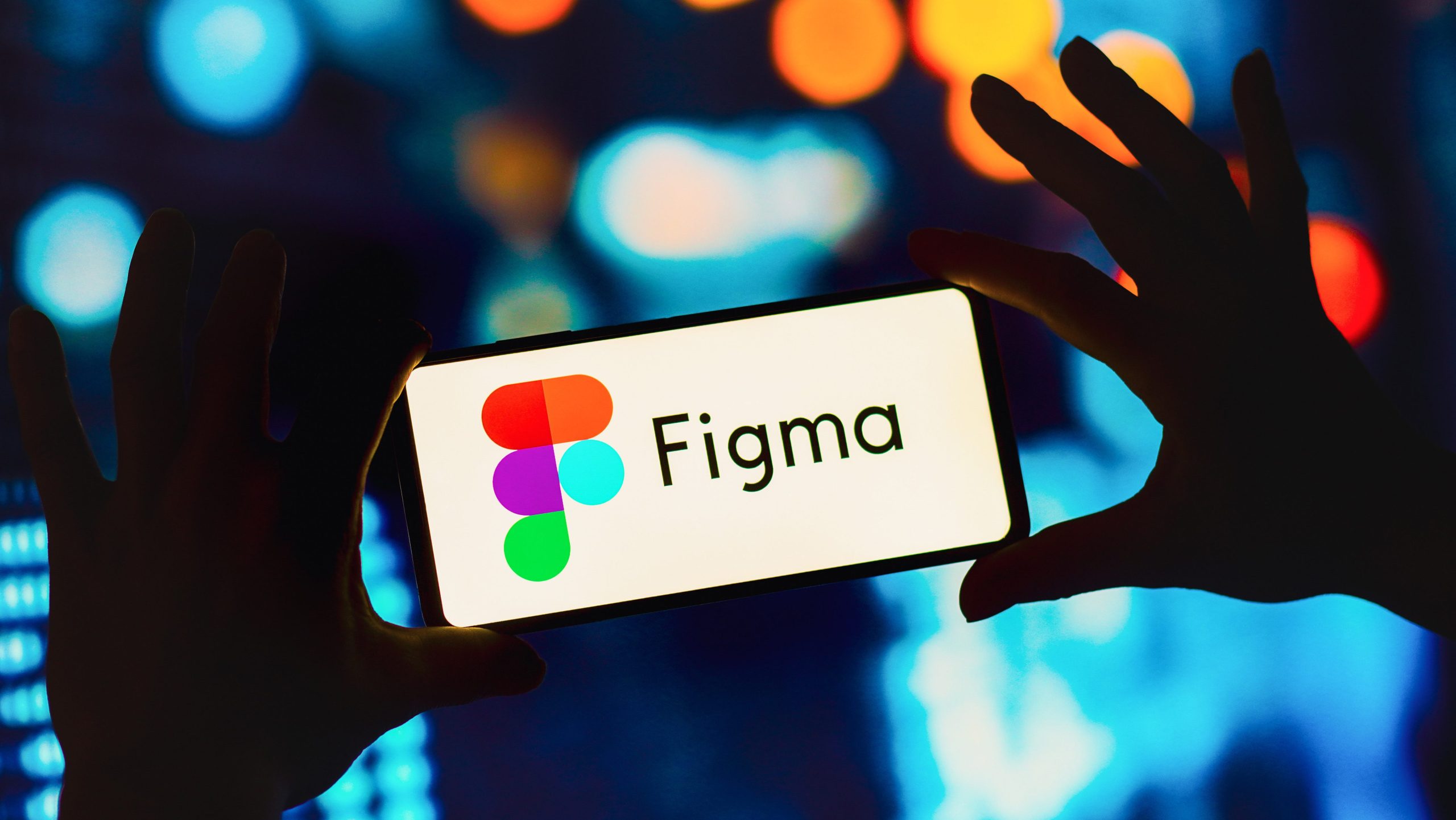
The global software development landscape is witnessing a profound shift, with collaborative platforms increasingly blurring the lines between creative conceptualization and technical execution. In a significant strategic move reflecting this evolution, Figma, the preeminent cloud-based design and prototyping tool, has officially inaugurated its first physical office in Bengaluru, India. This expansion marks a pivotal moment in the company’s ambition to transcend its established reputation solely as a design platform and instead position itself as an indispensable nexus for the entire product development lifecycle, deeply embedding itself within one of the world’s most dynamic and rapidly expanding developer communities.
Figma’s Foundational Innovation: A Paradigm Shift
To fully appreciate the significance of Figma’s current trajectory, it’s essential to revisit its origins and the revolutionary impact it had on the design industry. Founded in 2012 by Dylan Field and Evan Wallace, Figma emerged during an era dominated by traditional desktop-bound design software. Tools like Adobe Photoshop and Sketch, while powerful, often fostered siloed workflows, making real-time collaboration cumbersome and version control a perpetual challenge. Designers would typically create static mockups, export them, and then hand them off to developers, often leading to misinterpretations and iterative feedback loops that slowed down the development process.
Figma’s groundbreaking approach was to introduce a browser-based interface, enabling real-time, multi-user collaboration directly within the application. This was initially met with a degree of skepticism; many in the design community doubted a web-based tool could offer the robustness and precision required for professional-grade design work. However, the sheer convenience and efficiency of collaborative design, where multiple team members could work on the same file simultaneously from anywhere in the world, quickly won over UX and product teams. Figma rapidly evolved into a go-to platform, fundamentally reshaping how digital products were designed and iterated upon, becoming synonymous with modern, agile design workflows. This foundational success now serves as a blueprint for its expansion into the developer sphere.
India: A Global Tech Powerhouse and Strategic Imperative
Figma’s decision to establish a direct presence in India is not merely an opportunistic expansion but a calculated strategic imperative driven by the nation’s unparalleled growth as a global technology hub. India boasts the world’s largest developer community, a vibrant ecosystem that has seen exponential growth over the past decade. Industry reports, such as those from Microsoft’s GitHub, indicate that India hosts nearly 22 million developers, a figure projected to rise dramatically in the coming years. This immense talent pool is fueled by a robust educational system, government initiatives promoting digital literacy and innovation, and a thriving startup culture.
Bengaluru, often dubbed the "Silicon Valley of India," stands at the epicenter of this technological boom. The city is home to countless multinational tech corporations, burgeoning startups, and a rich network of engineering talent. For companies like Figma, a physical presence in Bengaluru offers direct access to this critical mass of developers, enabling deeper engagement, localized support, and a more nuanced understanding of regional needs and workflows. Historically, Figma had been supporting its Indian user base remotely through its Singapore team, but the escalating user base and community activity underscored the necessity of a dedicated local footprint.
Abhishek Mathur, Figma’s VP of Engineering, articulated the strategic rationale, highlighting India’s status as a "global hub of innovation." He noted that international markets account for as much as 85% of Figma’s overall usage, with India emerging as its second-largest user base globally, trailing only the United States. Furthermore, by the third quarter of 2025, Figma reported serving users in 85% of India’s 28 official states, with over 40% of the top 100 companies listed on the Bombay Stock Exchange already utilizing its platform as of September. These statistics paint a clear picture of India’s existing importance and future potential for Figma.
Bridging the Design-Development Divide
While Figma has achieved widespread adoption among designers, its ambition extends beyond the creative realm to encompass the entire product development pipeline. Approximately 40% of Figma’s global users are developers, yet a significant perception challenge persists, particularly in India: many engineers continue to view Figma primarily as a design tool, not a comprehensive platform for end-to-end product creation.
This perception gap is not unique to India but is often more pronounced in markets where traditional development methodologies have deeply entrenched the separation of concerns between design and engineering. Historically, designers would craft visual interfaces, and then "hand off" their work to developers who would translate those visuals into functional code. This process, while functional, often introduced friction, inconsistencies, and delays.
Figma’s strategic pivot aims to dismantle these silos. The company has been aggressively rolling out features specifically designed to bridge design and engineering workflows, fostering a more collaborative and integrated environment. A prime example is Dev Mode, which debuted in 2023. Dev Mode provides developers with a specialized view of design files, offering precise measurements, code snippets, asset exports, and other functionalities that streamline the translation of design into code. It acts as a dedicated space for engineers to inspect designs, understand their structure, and extract necessary information without needing to interpret complex design software. Mathur noted increased adoption of Dev Mode among Indian developers, signifying its effectiveness in this crucial market.
Beyond Dev Mode, Figma introduced a suite of AI-powered features in May 2025, significantly extending its value proposition beyond traditional design teams. One standout feature, Figma Make, allows users to generate working web applications directly from natural-language prompts. This groundbreaking capability enables collaboration on both design and code within the same workspace, positioning Figma in direct competition not only with established design rivals like Adobe and Canva but also with AI coding platforms such as Replit and Lovable. Remarkably, India has emerged as the largest market for Figma Make, with users in the country generating over 800,000 prototypes to date, underscoring the keen appetite for such integrated, AI-driven solutions within the Indian developer community.
The Bengaluru Nexus: A Hub for Growth and Innovation
The new Bengaluru office will initially concentrate on fortifying Figma’s sales and marketing operations within the country. This localized approach is crucial for deeper market penetration, building stronger relationships with existing clients, and acquiring new ones. Figma’s current roster of Indian customers is diverse, spanning leading consumer-facing startups like CRED, Groww, Fynd, Swiggy, and Zomato, as well as IT services giants such as Infosys and TCS, and major consumer companies including Airtel, CARS24, and Myntra. Direct engagement with these clients allows Figma to better understand their specific needs and tailor its offerings.
However, the ambitions for the Bengaluru office likely extend beyond sales and marketing in the long term. A local engineering presence could facilitate product localization, accelerate feature development based on regional feedback, and tap into India’s vast pool of engineering talent for global product contributions. Mathur’s observation that "the first spectrum of imagination to production is what we are seeing in terms of differences between India and the rest of the globe" suggests that the sheer scale and complexity of operations in India could serve as a unique crucible for testing and refining Figma’s integrated design-to-code vision.
The decision to open a physical office also signifies a deeper commitment to the thriving local community. With over 25,000 members in its Indian community alone, Figma recognizes the power of grassroots engagement. Organizing local events, workshops, and hackathons can help shift the perception among developers, showcasing Figma not just as a tool, but as an ecosystem that empowers them to be integral participants in the entire product creation process, rather than merely code implementers.
Localized Impact and Global Ambition
Figma’s investment in India is a microcosm of a broader global strategy. In 2024, approximately half of the company’s revenue originated from markets outside the U.S., underscoring the critical importance of international expansion. India’s significance is not just in its current revenue contribution, which Mathur described as "important" without disclosing specifics, but in its potential to shape Figma’s future product development.
The Indian user base has already directly influenced Figma’s offerings. Feedback from its vibrant community led to the introduction of improved code-export options that generate higher-quality code, a direct response to the specific needs of Indian developers seeking more robust output. This iterative feedback loop highlights the symbiotic relationship Figma aims to cultivate with its international communities, positioning them as active co-creators of the platform’s evolution.
The convergence of design and development, amplified by artificial intelligence, represents the next frontier in software creation. By strategically investing in India, Figma is not only tapping into a massive market but also investing in a future where design tools are seamlessly integrated with development environments, fostering unprecedented efficiency and innovation. The company’s vision is clear: to be the single platform where ideas are conceived, designed, prototyped, and brought to life through code, all within a collaborative, intuitive ecosystem. As Figma deepens its roots in Bengaluru, it sets the stage for India to play a pivotal role in shaping the future of product development, globally.





